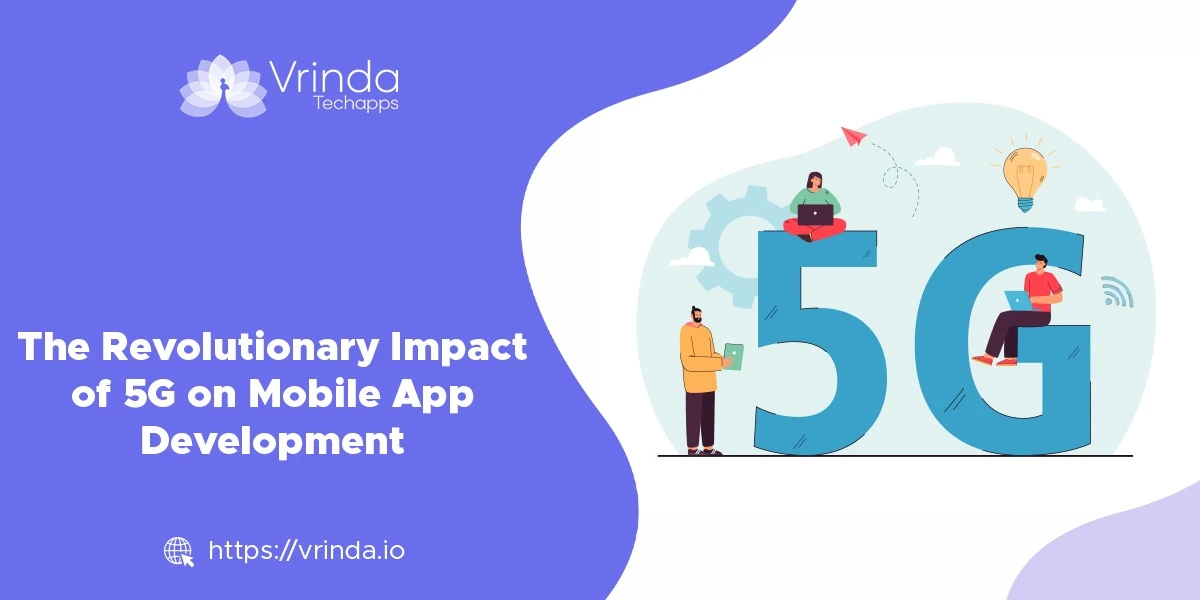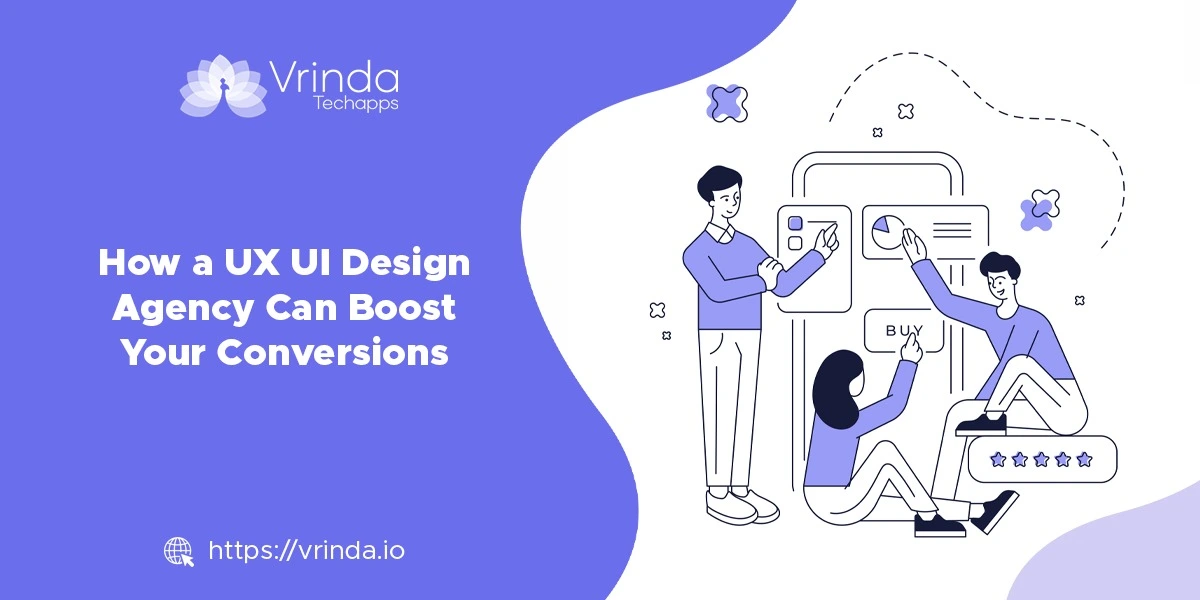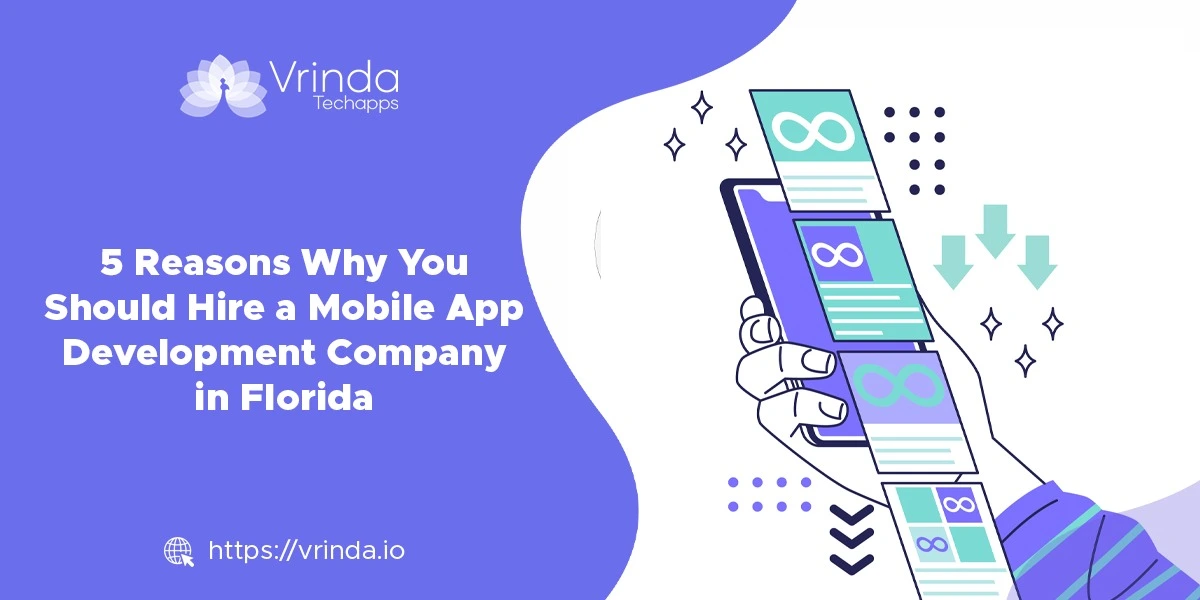UI/UX Designing
UI/UX Designing 8 min read In the digitally driven era, the significance of UI / UX designing services cannot be overstated. At the core of enhancing user satisfaction and optimizing the user interface, Our services play a pivotal role. Whether it’s a mobile app or a web platform, the interface and experience directly influence user engagement and conversion rates, making them essential elements in digital product development. As businesses strive to meet and exceed user expectations, the necessity for effective UI and UX design has become more pronounced, underscoring its importance in creating meaningful digital experiences. UI (User Interface) and UX (User Experience) design are crucial components of modern web design services. We not only define the look and feel of a website or application but also enhance user satisfaction and engagement. A well-designed UI/UX can distinguish between a successful digital product and one that fails to attract and retain users. This article explores the significance of UI/UX design in web design services, the best platforms for creating UI/UX designs, the roles and responsibilities of UI/UX design service companies, and answers to frequently asked questions about UI/UX design services. Vrinda UI/UX Designing Agency, where we craft exceptional digital experiences. Our team specializes in creating visually stunning and highly functional designs that elevate user satisfaction. Partner with us to transform your digital presence with intuitive and engaging interfaces that captivate and delight your audience. Why is UI/UX designing important for web design services? In today’s digital landscape, a website’s user interface (UI) and user experience (UX) are paramount to its success. Effective web design services must prioritize UI/UX to ensure that a website not only looks visually appealing but also provides an intuitive and seamless experience for users. They conduct extensive research to understand the needs, behaviors, and motivations of users. This research helps in creating personas and user scenarios, which guide the design process to ensure it aligns with user expectations and improves their overall experience. Firstly, a well-designed UI can make a significant impact on a user’s first impression of a website. Secondly, a thoughtfully crafted UX can make the difference between a user staying on a website or quickly abandoning it. Search engines like Google prioritize websites that offer a positive user experience. Page load times, mobile responsiveness, and intuitive navigation can significantly impact a website’s search engine optimization (SEO) performance. By investing in UI / UX designing services, one can ensure that their clients’ websites are visually appealing and optimized for search engines and user engagement. User testing is a critical component of UI/UX design. It involves evaluating a product by testing it with real users. This process helps designers understand how users interact with the product, identify usability issues, and gather feedback for improvements. Usability testing is a subset of user testing focused specifically on evaluating a product’s ease of use. It assesses how effectively users can achieve their goals with the product. Which platform is best for UI UX design? In the realm of UI/UX design, selecting the right platform is crucial for optimizing both the creative process and the final product’s effectiveness. The best platform for UI / UX designing services largely depends on specific project requirements, team collaboration needs, and the desired level of interaction in the prototypes. Best Platforms for UI UX Design • Figma Renowned for its collaborative capabilities, Figma allows multiple designers to work on a project simultaneously. This cloud-based tool is ideal for teams looking to streamline their design process and ensure consistency across designs. • Adobe XD Part of Adobe’s Creative Cloud, Adobe XD offers robust tools for creating high-fidelity prototypes and user interfaces. Its integration with other Adobe software makes it a preferred choice for designers who rely on other Adobe products. • Sketch Exclusive to macOS, Sketch is favored for its simplicity and efficiency in creating vector-based interfaces and icons. It’s particularly useful for designers focused on web development. • Webflow Webflow stands out by allowing designers to build and launch responsive websites without coding. Its intuitive interface supports direct design-to-code workflows, which can be particularly beneficial for rapid prototyping and testing. • InVision Offering comprehensive prototyping capabilities, InVision supports the design process from initial wireframes to final handoff, facilitating collaboration with tools like InVision Cloud. • Axure RP Known for its detailed documentation and dynamic interactions, Axure RP is suited for complex projects that require detailed wireframes and prototypes. Each of these platforms offers unique features that cater to different aspects of UI/UX design. Designers should consider their specific needs—whether it’s real-time collaboration, high-fidelity prototyping, or efficient wireframing—to determine which tool best fits their workflow and project requirements. What does a UI UX design services company do? UI / UX designing services are dedicated to creating digital products that are not only visually appealing but also highly functional and user-friendly. Their primary focus is to enhance the overall user experience by striking the perfect balance between aesthetics and usability. At the core of their work, these companies employ a user-centric approach, delving deep into understanding the target audience, their needs, pain points, and behaviors. Through extensive research and analysis, they gain invaluable insights that inform the design process. Armed with this knowledge, UI/UX design services companies then embark on a collaborative journey with their clients, translating these insights into a cohesive and intuitive digital experience. This involves a multifaceted process that encompasses various disciplines, including visual design, interaction design, information architecture, and usability engineering. By seamlessly integrating these disciplines, UI/UX design services companies are able to craft digital products that are visually captivating, highly functional, and responsive to user needs. This holistic approach ultimately results in a superior user experience that drives customer satisfaction, loyalty, and, ultimately, business success. In essence, these companies are the guardians of the user experience, dedicated to creating digital solutions that strike the perfect balance between form and function, delighting users and empowering businesses to thrive in the ever-evolving digital landscape. Here’s a closer look at what they do:




